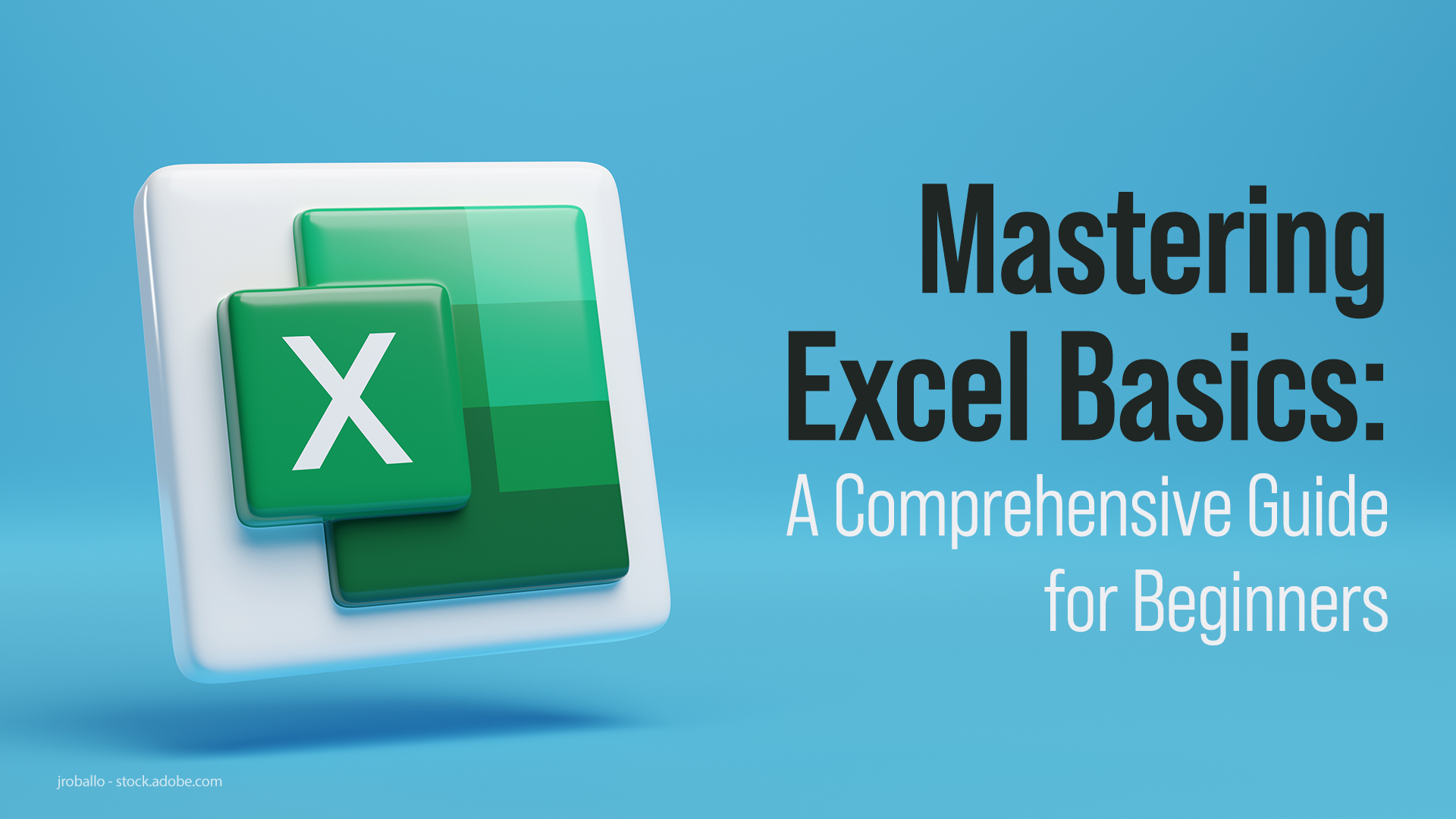Mastering Email Automation from Excel: A Simple Guide

Email marketing remains one of the most effective strategies for businesses, especially when it comes to reaching out to customers directly. However, manually sending emails can be time-consuming, prone to human error, and inefficient. Here's where Excel comes into play, offering a simple yet powerful way to automate your email sending process.
Why Use Excel for Email Automation?

Excel isn’t just a tool for data analysis and number crunching; it’s a versatile application that can aid in automating various tasks, including email communication. Here’s why Excel is excellent for email automation:
- Automation: It automates repetitive tasks, saving time and reducing errors.
- Data Management: Excel provides robust data manipulation and organization capabilities.
- Customization: You can personalize emails to meet individual customer profiles.
- Integration: Easy to integrate with various email marketing tools.
Setting Up Excel for Email Automation

Before you can automate your emails, you need to prepare your Excel worksheet. Here’s how:
- Data Entry: Enter or import your list of recipients, making sure to have at least their email addresses. Additional personalization data like name, company, etc., can enhance your campaign.
- Organization: Organize your data using columns. For example:
Column A Column B Column C Column D Email First Name Last Name Company 
- Verify Data: Ensure all emails are valid to avoid errors.
📝 Note: Always backup your Excel file before proceeding with automation.
Integrating Excel with Email Services

Excel by itself doesn’t send emails, so you’ll need to connect it with an email service:
- Outlook or Gmail: Use VBA scripts or Power Query to automate emails through these platforms.
- Third-party Services: Tools like Mailchimp, SendGrid, or Zapier can connect with Excel for automation.
Using VBA for Email Automation

VBA (Visual Basic for Applications) is a potent tool for automating tasks in Excel:
- Open VBA Editor: Press ALT + F11.
- Insert Module: Click Insert > Module.
- Write the Script: Here’s a sample VBA code for sending emails from Excel:
Sub Send_Email() Dim OutApp As Object Dim OutMail As Object Dim cell As RangeSet OutApp = CreateObject("Outlook.Application") For Each cell In Columns("A").Cells.SpecialCells(xlCellTypeConstants) If cell.Value Like "*@*" And LCase(cell.Offset(0, 1).Value) = "yes" Then Set OutMail = OutApp.CreateItem(0) With OutMail .To = cell.Value .Subject = "Follow-up from Excel" .Body = "Hello " & cell.Offset(0, 1).Value & ", this is a test email from Excel." .Send End With Set OutMail = Nothing End If Next cell Set OutApp = Nothing
End Sub
Personalizing Your Emails

Personalization enhances the effectiveness of your campaign:
- Merge personal data from Excel into your emails.
- Use placeholders in your email template to replace with Excel data.
Automating Follow-ups

Setting up automated follow-ups ensures you never miss an opportunity:
- Schedule emails to be sent at specific intervals.
- Use conditional formatting to trigger emails based on customer actions or dates.
Maintaining Compliance and Etiquette

Automation should not come at the cost of ethics:
- CAN-SPAM Act: Ensure your emails comply with anti-spam laws.
- Unsubscribe Option: Always include an easy way for recipients to opt-out.
- Professionalism: Maintain professional email content and etiquette.
Troubleshooting Common Issues

Despite careful preparation, some issues might occur:
- Debugging Scripts: Use the VBA debug mode to identify and fix errors.
- Email Settings: Ensure email services settings are configured correctly for SMTP.
- Security Settings: Check permissions and security settings that might block automation.
By leveraging Excel for email automation, businesses can streamline communication processes, improve customer engagement, and enhance productivity. Automation not only reduces manual work but also ensures consistency and timeliness in customer interactions. Remember, the key to successful email automation lies in thoughtful preparation, careful execution, and continuous refinement based on results and feedback.
What are the benefits of using Excel for email automation?

+
Using Excel for email automation can save time, reduce errors, provide personalization, and facilitate easy data management.
Is it legal to automate emails from Excel?

+
Yes, but ensure compliance with laws like CAN-SPAM, which requires an opt-out mechanism and accurate sender information.
How can I personalize emails using Excel data?

+
Create placeholders in your email template and use VBA scripts or merge functions to replace them with data from Excel.